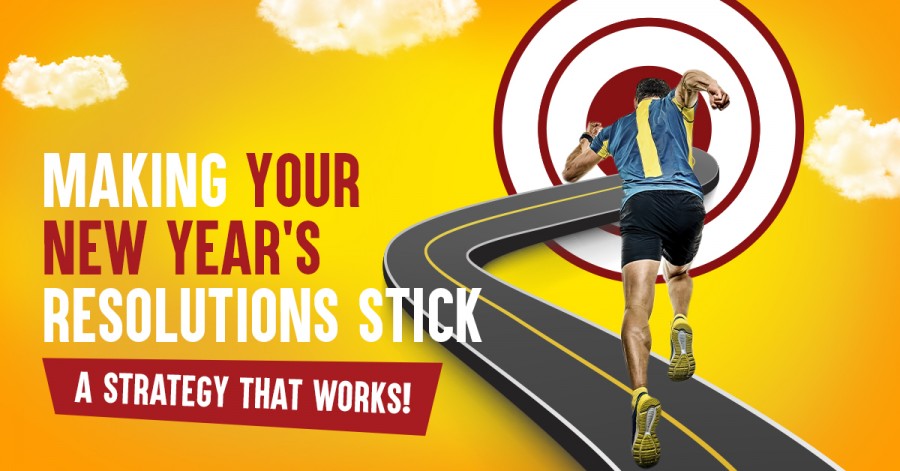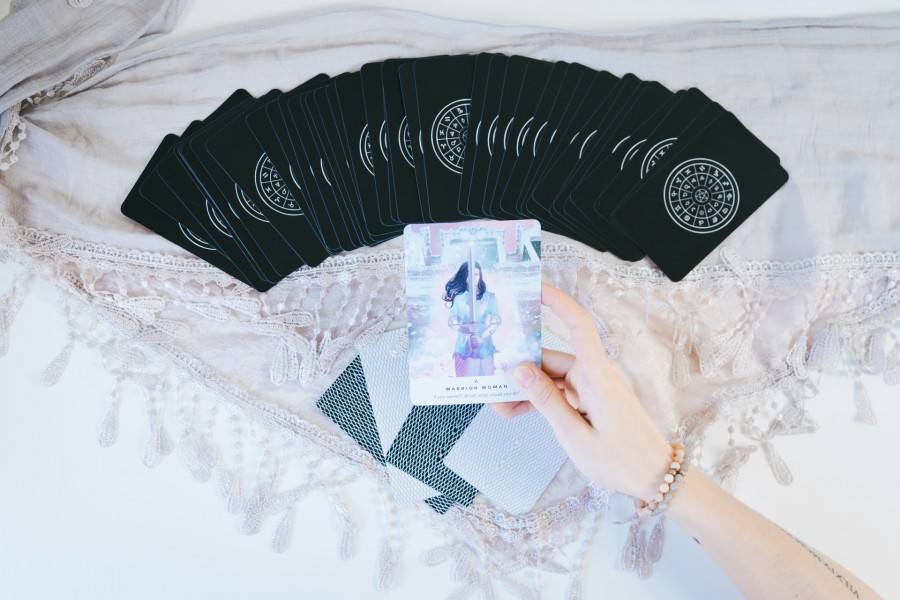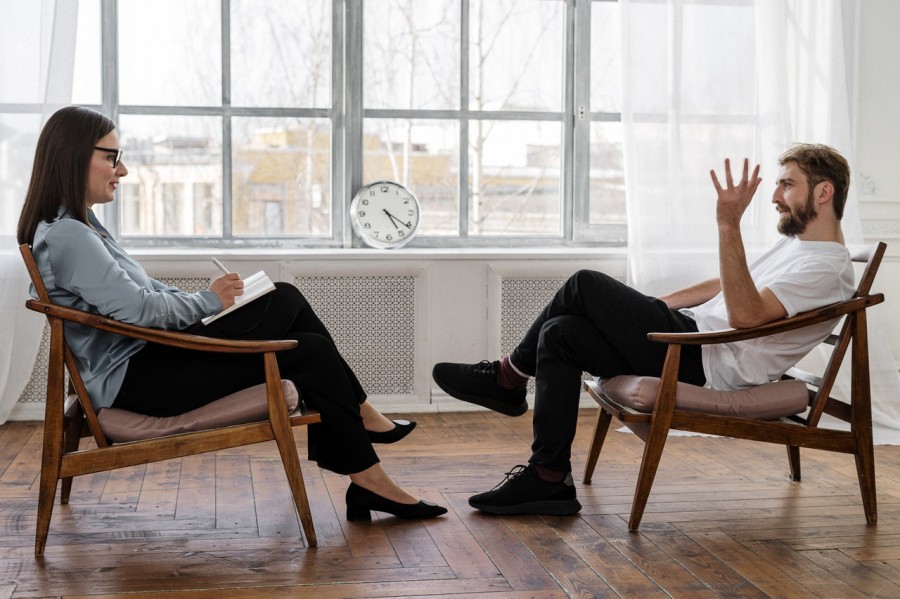Making Your New Year’s Resolutions Stick – A strategy that works!
Published 21 December 2021 at 21:14
Tickikids Blog Hong Kong > digest > Making Your New Year’s Resolutions Stick – A strategy that works!

Each year it is a custom to set targets in changing bad behaviour for ourselves. These are the things we know we need to change about ourselves, yet every year these resolutions are forgotten and go on the list for the next year. Have you experienced this pattern? If you want to break out of this habit and finally get rid of a bad behaviour, you are in the right place.
I conducted experiments with myself and in this article, I will share my experiences and successes, as well as my failed attempts in overcoming bad habits.
At some point mid-lockdown, I discovered a new side of YouTube: tarot cards. Although it started as a simple curiosity, it soon devolved into addiction. As awareness dawned on me, I made a list of alternatives to YouTube that I could use to avoid wasting so much of my time watching these videos. However, after a few days, I found myself sitting in front of my screen again, listening intently as someone explained the meaning of the “Five of Cups”.

Photo Credit: Unsplash
This second round of fighting was more vicious. I told myself it wasn’t that harmful; it was just a few very short videos. It was a pleasure I was entitled to! This time, as my screen time tracker informed me, my screen time had doubled. This was unacceptable. I had to make a difference that would last.
After some research, I discovered it takes 21 days to make or break a habit. I challenged myself to a 21-day streak of not watching, not looking, not even thinking about tarot card videos. I successfully did it too. Exactly for 21 days! Surely I was able to break my habit then, right?
Wrong.
I found myself reading the titles and staring at the thumbnails anyways, as if to replace watching the real thing. I wanted my habit gone. Gone for good. The colourful cards, compelling storytelling by the magnificent readers had a strange pull on me. I was aware of the sheen, the attraction, and the pull they had on me. I wanted all of it gone.
I went for a different approach this time. I contacted my mentor coach and I explained my problem. Instead of discussing what I was doing, he turned my attention to my “way of being”, or my identity, passions, and what made me who I was. He asked me, “How would not watching tarot videos benefit your work?”
I thought for a moment. I’m very passionate about my job coaching teenagers, parents, and women. Each happy client is a reflection of the good that I can bring to people’s lives. The more I focus on making myself visible, the more clients I could get, and the more positivity and growth I could bring to their lives.
This thought was something that stayed with me. Since that session, I haven’t watched a single tarot video. I am happy to say that I’m fully over it.

Photo Credit: Cottonbro | Pexels
So why did this work when nothing else did?
As research has shown, humans are naturally emotional beings. When we set “dry” or quantitative targets such as a number of days or lists of things to replace a habit, they feel like data to our brain. It’s boring. On the other hand, when we can tell a story, it enraptures us and motivates us more than the dry data that we force ourselves to follow.
We are always telling ourselves stories. Stories of who we are as a person and how we want to be perceived by others. In my case, earlier narratives were about my willpower, which once proved, lost its lustre. On the other hand, the later narrative was about the difference I am making in society through my skills.
So what can you do to change your habit?
As the New Year approaches, I implore you to experiment with this 2 step habit-changing process:
1. Begin with asking yourself this question:
How do I want to be perceived in six months?
Visualise what you want. The more detailed the narrative you write, the easier it will be for you to make changes and stick to them. Make it so detailed that if you were to paint a picture of it, you would be able to paint it.
2. Consider how you would remind yourself of your goal in moments of decision. In my case, I put a sticky note on my computer with a reminder of why I’m motivated to do what I do. Every time I was about to click on a tarot video, I looked up at the sticky note and remember that coaching session. I choose the right path for myself and my clients.

Photo Credit: Zen Chung | Pexels
You may feel that it’s not as easy as I make it sound. The truth is, it isn’t. Bringing about changes in behaviour is a daunting task. When a habit has been created, neural pathways in your brain have been formed, mapping out an autopilot reaction. We continue with this route because it’s easy, regardless of whether it’s right or wrong. Neural pathways are not formed in one day. It would have taken weeks or even months of doing the same thing to make it the reaction that one resorts to.
To change this and create new, positive behaviours, trials and failures should be expected. New habits will start shaping and new pathways will form. The narrative you create for yourself gives you the willpower and drive to achieve the goals you wish to achieve, so remember why you’re doing this, get up, dust yourself off, and try again! Little by little, you will begin to improve. In six months, you will look back and be amazed by how far you’ve come.
Think of the old neural pathway as the existing route you are used to traveling on every day, and the habit you aim to form as a new path in a dense jungle. Even if you have the best of machinery at your disposal, it will still take time, energy, effort, and resolve to form it. Once it is formed, gradually, your new pathway will become your new autopilot.

So which habit are you planning to change in 2022? What narrative have you planned around it?
About the Author:
Shalini Bindal is a Professional Certified Transformational Coach (PCC)accredited by the International Coaching Federation(ICF). She specialises in changing mindsets, perceptions and narratives of her clients so that they can be the best versions of themselves. Her clients range from teenagers and young adults to adults in transition stage of their lives. If you are struggling with changing your habits, reach out to know more on how coaching can help you.